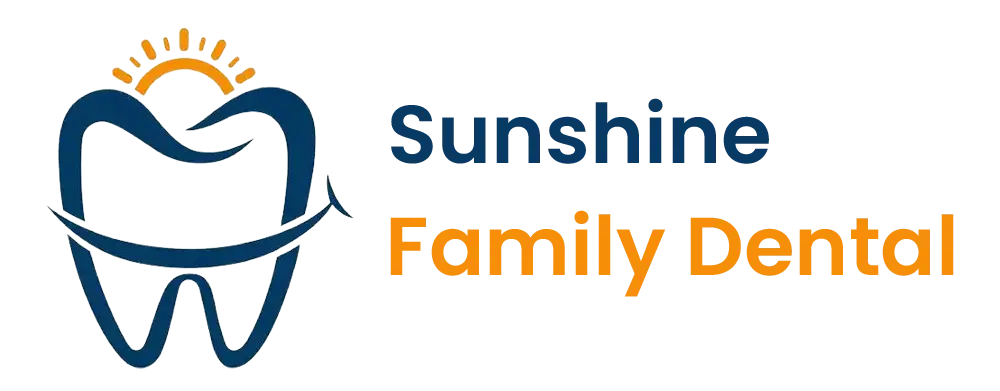The root canal procedure is required in cases where the dental tissue has been affected by decay, infection, or trauma. To save the tooth pulp, the bacteria and decay are removed, and the space is then filled with special, sterile dental material to restore the tooth to its original condition.
Need for Root Canal Treatment
- Trauma or injury to the tooth.
- The decay has reached the pulp (the living tissue) of the tooth.
- Abscess or infection has formed in the tooth or near the tip of the root.
- Irreversible inflammation in the dental pulp.
Signs and Symptoms of Potential Root Canal Infection
A root canal is the most often used method to preserve a tooth that would require removal. The symptoms of potential root canal treatment include:
- Extreme toothache
- Tenderness or swelling
- Abscess on the gums
- Hot and cold sensitivity
- A nagging pain that keeps you awake at the night
- Spontaneous pain
- Pain while chewing
Root Canal Treatment
The root canal treatment is performed in three stages and takes one to three sessions to complete. The treatment usually takes just one visit, however in the case of curved canals, multi-canals, or significant infections, this may require two or three additional appointments.
In a root canal procedure, the dentist anesthetizes teeth to ensure a painless procedure.
The decay is then removed, along with the damaged and infected pulp and the other nerve tissues, and the cavity is prepared for filling.
Filling materials are a hard substance known as gutta-percha. It functions as a sealant, which can stop the entire root structure, stop oral fluids from entering the tooth, and reinfect its internal structure.
The dentist seals the nerve chamber during this procedure; however, it is still a weak tooth and needs an expansion core and a crown to shield against damage. The crown and filling core provides a covering, protects the tooth against further damage, and aids in restoring proper chewing functions.
Sometimes when the infection or decay is not severe, the crown is not needed. In this case, it is recommended to build up a core. This is enough to complete the restoration.
After completing the root canal treatment and the final restoration, the dentist or the endodontist usually schedules another appointment after six months to ensure complete healing of the tooth and underlying bone.
Please reach out to our dental practice in Pleasanton, CA, to have a consultation with our dentist, Dr. Dogra. Please call us at (925) 600-9006 or schedule an online consultation, and we’ll guide you further.
